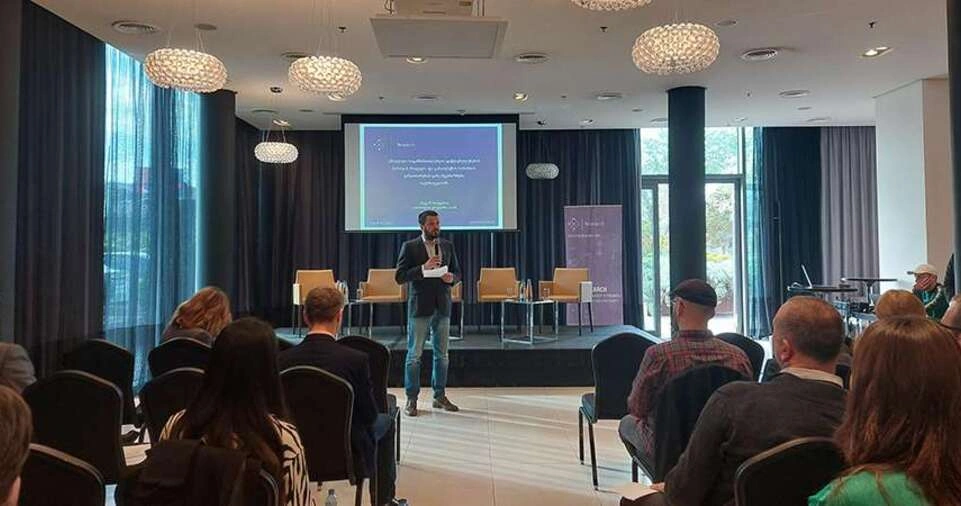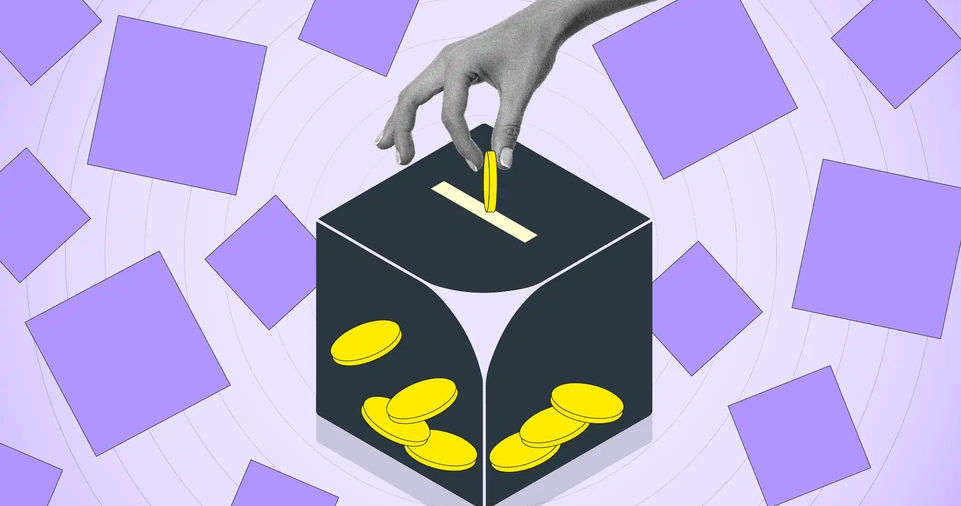Decentralized Autonomous Organizations (DAOs) represent a revolutionary shift in how organizations function, enabling decentralized decision-making and transparent governance without relying on centralized authority.
Built on blockchain technology, DAOs operate via smart contracts—self-executing codes that enforce rules and facilitate decisions automatically.
This makes them highly efficient, trustless, and adaptable for various applications, ranging from investment funds to social communities.
Whether you aim to create a DAO for managing collective investments, governing a decentralized protocol, or forming a collaborative network, the process requires strategic planning, technical know-how, and community engagement.
This comprehensive guide explores how to develop a DAO from the ground up.
We will cover every critical aspect, including defining your DAO’s purpose, selecting the right blockchain platform, designing governance models, creating smart contracts, deploying governance tokens, and building a thriving community.
By the end, you’ll have a clear understanding of the step-by-step process to bring your DAO to life.
Let’s dive into the details.
Step 1: Understand the Purpose of Your DAO
The first and most crucial step is to clearly define the purpose of your DAO.
This will act as the foundation for every decision you make moving forward.
A DAO’s purpose can vary widely depending on its intended use case.
Here are some examples:
Types of DAOs
- Investment DAOs: Pool funds from members to invest in startups, assets, or other ventures. Members vote on investment decisions, ensuring collective agreement.
- Protocol DAOs: Govern decentralized protocols such as DeFi platforms, deciding on upgrades, fee structures, and other critical aspects.
- Service DAOs: Provide services such as software development, marketing, or consulting, with decisions made collectively by the members.
- Social DAOs: Foster communities with shared goals, such as exclusive memberships, social events, or charitable causes.
By defining the purpose, you’ll also identify the key stakeholders, their roles, and the resources required for development.
For example, an investment DAO might prioritize robust treasury management, while a social DAO might focus on community-building tools.
Questions to Answer
- What problem does your DAO aim to solve?
- Who are your target participants or members?
- What value does your DAO offer to its members?
- How will the DAO sustain itself in the long term?
Step 2: Choose the Right Blockchain Platform
The choice of blockchain platform is critical, as it determines the scalability, cost, and overall functionality of your DAO.
The platform you select must support smart contracts and provide a robust ecosystem for DAO development.
Popular Blockchain Platforms for DAOs
- Ethereum:
- The most popular platform for DAOs due to its mature ecosystem.
- Offers tools like Solidity, OpenZeppelin, and frameworks like Hardhat for development.
- Challenges: High gas fees during network congestion.
- Binance Smart Chain (BSC):
- Known for lower transaction fees and faster block times compared to Ethereum.
- Suitable for cost-sensitive projects.
- Polygon:
- A layer-2 solution for Ethereum that reduces gas fees and improves transaction speed.
- Compatible with Ethereum-based tools and frameworks.
- Solana:
- High-performance blockchain with low fees and high throughput.
- Ideal for DAOs requiring frequent transactions.
Factors to Consider
- Transaction Costs: How much will members pay for voting or interacting with the DAO?
- Scalability: Can the platform handle a growing number of members and activities?
- Developer Support: Does the platform have the necessary tools and community support?
- Interoperability: Will your DAO integrate with other blockchains or protocols?
Step 3: Design Governance Mechanisms

Governance is the backbone of a DAO. It defines how decisions are made, who gets to vote, and how conflicts are resolved.
A well-designed governance model ensures fairness, transparency, and efficiency.
Key Components of DAO Governance
- Voting Mechanisms:
- Token-Based Voting: Members use governance tokens to vote. The weight of each vote depends on the number of tokens held.
- Quadratic Voting: Prevents token whales from dominating by giving diminishing returns for additional tokens.
- Delegated Voting: Members delegate their votes to trusted representatives.
- Proposal Submission:
- Define how members can submit proposals.
- Include eligibility criteria, such as owning a minimum number of tokens.
- Quorum and Thresholds:
- Set minimum participation requirements for proposals to pass.
- Define the percentage of votes needed for approval (e.g., 51%, 67%).
- Time-Locked Proposals:
- Introduce delays for proposal execution to allow members time to react.
Example Governance Models
- Simple Model: One token = one vote; majority rules.
- Advanced Model: Multi-tiered voting with committees for specific tasks.
ALSO READ: How to Use Crypto to Hedge Against Inflation
Step 4: Develop and Deploy Smart Contracts
Smart contracts automate the operations of a DAO. They enforce rules, manage funds, and execute decisions without manual intervention.
Writing and deploying secure smart contracts is essential to prevent hacks or vulnerabilities.
Steps to Create Smart Contracts
- Choose a Development Framework:
- Use tools like Hardhat, Truffle, or Remix to write and test smart contracts.
- Utilize Secure Libraries:
- Leverage libraries like OpenZeppelin for pre-audited contract templates.
- Develop Key Contracts:
- Governance Contract: Manages voting, proposals, and execution.
- Treasury Contract: Safeguards funds and handles transactions.
- Membership Contract: Tracks member status and roles.
- Test on a Testnet:
- Deploy contracts on a testnet like Rinkeby or Goerli to identify issues.
- Conduct Security Audits:
- Hire professional auditors to review your code for vulnerabilities.
Step 5: Deploy a Governance Token

Governance tokens empower members by granting voting rights and sometimes access to benefits.
Tokenomics—the economic design of your token—plays a critical role in its adoption.
Designing Tokenomics
- Total Supply: Decide how many tokens to create.
- Distribution: Allocate tokens for early contributors, members, treasury, and incentives.
- Utility: Define token use cases beyond voting, such as staking rewards or fee discounts.
Token Deployment Process
- Write a smart contract for the token (ERC-20 standard on Ethereum).
- Test and audit the token contract.
- Distribute tokens via airdrops, sales, or liquidity pools.
Step 6: Build a Community
A DAO’s success depends on an active and engaged community.
Building trust and fostering participation are key to sustaining the organization.
Community-Building Strategies
- Communication Channels:
- Use platforms like Discord, Telegram, or Twitter to keep members informed.
- Transparency:
- Publish regular updates on DAO activities and finances.
- Incentives:
- Reward members for contributions with tokens or other perks.
Step 7: Launch the DAO
With the technical and community groundwork laid, it’s time to officially launch your DAO.
Steps to Launch
- Announce the launch date and provide resources for members.
- Conduct an initial vote to demonstrate the governance process.
- Transfer control of smart contracts to the DAO’s governance system.
Step 8: Ensure Security and Legal Compliance
Security and legal considerations are essential to safeguard the DAO and its members.
Security Measures
- Regularly audit smart contracts.
- Use multi-signature wallets for treasury management.
Legal Structure
- Research DAO-friendly jurisdictions.
- Consider registering as a legal entity, such as an LLC in Wyoming, USA.
Conclusion
Developing a DAO is a multi-faceted process that combines technical development, governance design, and community building.
By carefully following the steps outlined in this guide, you can create a robust, transparent, and efficient DAO tailored to your goals.
With blockchain technology and decentralized governance, DAOs have the potential to reshape industries and empower communities worldwide.











